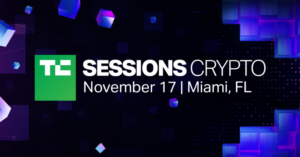
It is crazy how giving away your code for free has become a competitive business advantage. Successful companies such as Hashicorp, JFrog, Elastic, MongoDB and Gitlab have demonstrated the power of open source models.
Unlike typical enterprise software companies, open source startups must go through two journeys for finding product-market fit: First, building a product that users would download and use for free, and then building features that users would pay for.
Effectively, open source startups need to build two product road maps and companies. Since successful open source projects might have hundreds or thousands of free users, they have potential customers of varying shapes and sizes. The challenge for open source startups then becomes how to define the ideal customer profile (ICP) for users who would potentially pay, and finding how to reliably and repeatedly convert free users to paying customers.
In their early days, startups need to serve customers that have a similar set of common characteristics, as a narrow ICP definition will help them focus.
In the early days of achieving product-market fit (PMF), it is critical for open source startups to identify and serve a narrow ICP and find how to repeatedly acquire and close paying users. Revenue traction alone is not a sign of product-market fit.
The beauty of open source software is that anyone can download and use it for free. This enables open source companies to acquire a vast, free user base. Unlike freemium models (like Zoom or Slack), users can see the source code and configure it to their own environments. This is especially helpful for influencing enterprise infrastructure buying decisions, where it can be hard to convince a large customer to run their infrastructure while relying on a young startup.
However, if the customer already has many developers who use the free version of the software and can see the code, and test and configure it to their needs, it becomes easier for the CIO or CTO to trust the startup. Users have already gone through a six- or 12-month journey with the software.










